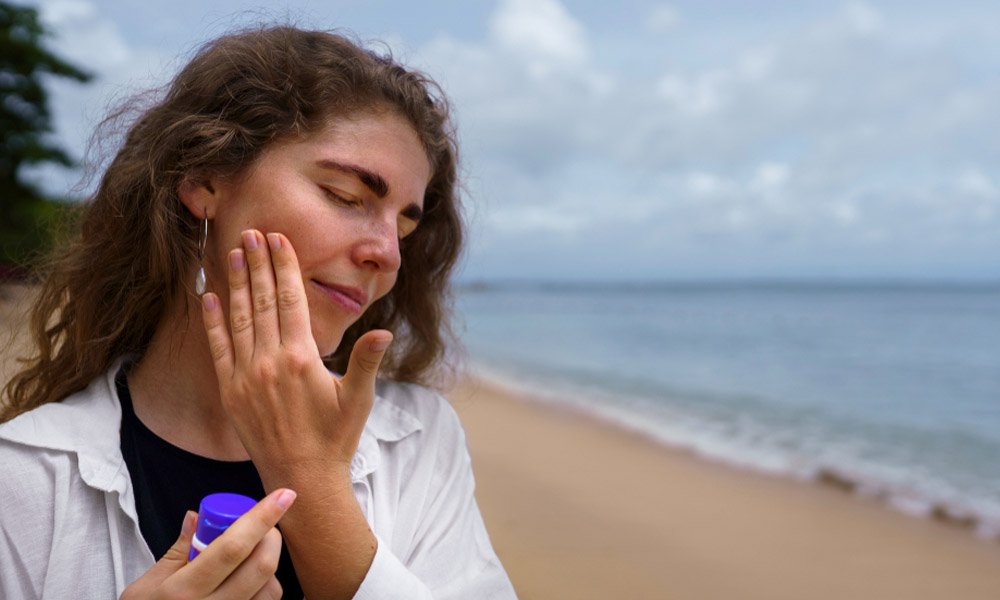Choosing the right sunscreen for face protection is crucial for maintaining healthy skin and preventing damage from the sun’s harmful ultraviolet (UV) rays. With a myriad of products available, selecting the most appropriate sunscreen can be overwhelming. It is important to consider several factors to ensure effective protection.
Understanding UV Radiation
The sun emits ultraviolet radiation, which is classified into UVA, UVB, and UVC rays. UVC rays are absorbed by the ozone layer and do not typically reach the Earth. However, UVA and UVB rays penetrate the atmosphere, impacting the skin in different ways. UVA rays contribute to premature ageing and wrinkling, while UVB rays are primarily responsible for sunburn. An effective sunscreen should offer broad-spectrum protection.
Factors to Consider When Choosing Sunscreen
When selecting a sunscreen, various considerations are vital for optimal efficacy. This includes the sun protection factor (SPF), the form of sunscreen, and the ingredients involved.
Sun Protection Factor (SPF)
The SPF rating measures a sunscreen’s ability to protect against UVB rays. A higher SPF number indicates greater protection. However, no sunscreen can block 100% of UVB rays. It is recommended to use a sunscreen with an SPF of at least 30 for daily use on the face, offering about 97% protection against UVB rays.
Broad-Spectrum Protection
Broad-spectrum sunscreens provide protection against both UVA and UVB rays. It is essential to ensure that the sunscreen label indicates this type of protection to safeguard against a broad range of UV radiation.
Types of Sunscreen
Sunscreens are available in lotions, creams, gels, sprays, and sticks. For facial application, lotions and creams tend to offer more hydration, while gel formulations are often preferred for oily skin due to their lighter consistency. For on-the-go use, sprays and sticks offer convenience.
Key Ingredients in Sunscreen
Understanding the active ingredients in a sunscreen is important. Physical blockers like zinc oxide and titanium dioxide reflect and scatter UV radiation, whereas chemical absorbers such as avobenzone and octisalate absorb UV radiation and convert it into heat.
Application Techniques
Proper application is as critical as selecting the right sunscreen. It is advised to apply sunscreen generously 15 minutes before sun exposure and reapply every two hours, or more frequently if swimming or sweating.
Special Considerations for Sensitive Skin
Individuals with sensitive skin should look for sunscreens labelled as hypoallergenic or formulated for sensitive skin. Physical sunscreens with zinc oxide or titanium dioxide are generally better tolerated by sensitive skin compared to chemical ones.
Water Resistance
If the sunscreen is labelled as water-resistant, it will maintain its SPF protection for either 40 or 80 minutes while swimming or sweating. It is vital to reapply after the specified time.
Frequently Asked Questions
Can sunscreen be used with other skincare products?
Yes, sunscreen should be the last step in a skincare routine. Apply it after moisturisers and serums for effective protection.
Is sunscreen necessary during cloudy days?
Yes, up to 80% of UV rays penetrate clouds, making sunscreen necessary even on overcast days.
Conclusion
Investing in a quality sunscreen specifically designed for the face is imperative for protecting skin from harmful UV rays. Considerations such as SPF, broad-spectrum protection, and the integration of the sunscreen into a daily skincare routine are key factors for effective sun care.

 News3 months ago
News3 months ago
 Health2 years ago
Health2 years ago
 Technology2 years ago
Technology2 years ago
 Celebrity2 years ago
Celebrity2 years ago

















